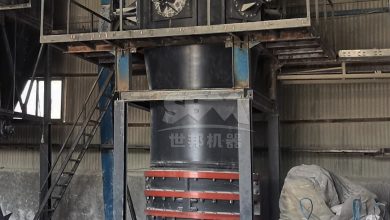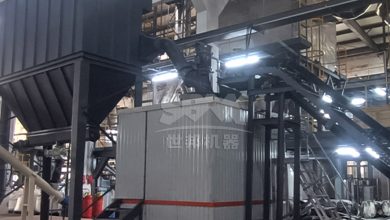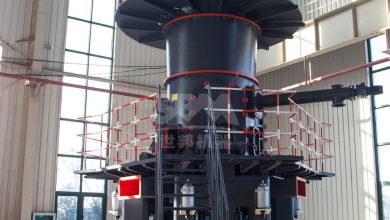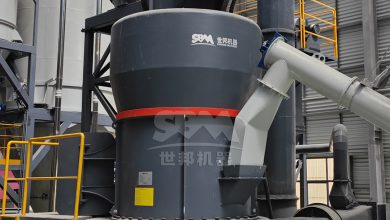Key Considerations for Transporting and Installing Large-Scale Grinding Mills
Introduction
Transporting and installing large-scale grinding mills requires meticulous planning and execution to ensure operational efficiency and equipment longevity. As a leading manufacturer with over 30 years of expertise, ZENITH provides robust solutions for mining and grinding applications. This article outlines critical factors to consider during these processes.
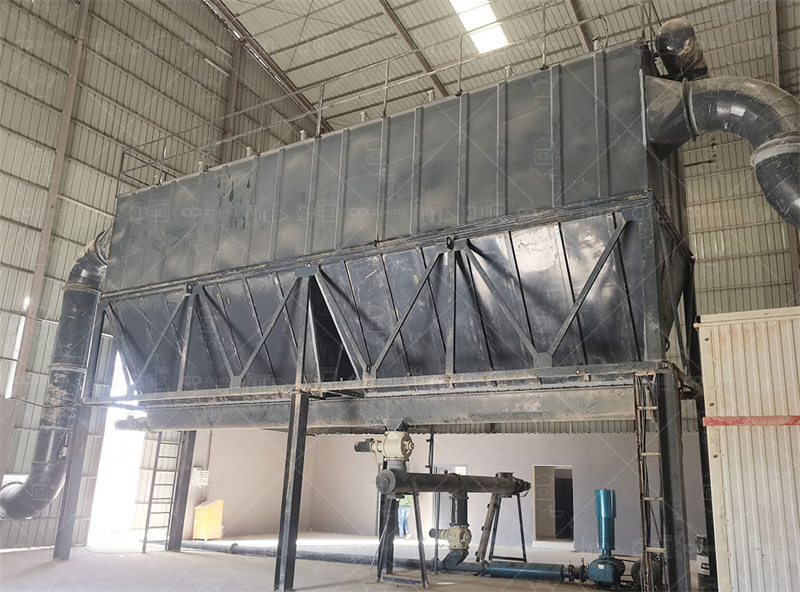
1. Pre-Transport Planning
1.1 Route Assessment
Conduct thorough route surveys to identify:
- Bridge load capacities
- Tunnel clearance heights
- Road gradient limitations
1.2 Component Disassembly
Our MTW Series Trapezium Mill features modular design for easier transport:
- Quick-release grinding roller assemblies
- Detachable classifier system
- Compact mainframe dimensions (see technical specifications below)
| Model | Disassembled Width | Max Component Weight |
|---|---|---|
| MTW175G | 3.2m | 18.5t |
| MTW215G | 3.8m | 26t |
2. Installation Requirements
2.1 Foundation Preparation
Our LM Vertical Roller Mill series requires:
- Concrete strength ≥30MPa
- Anchor bolt positioning accuracy ±2mm
- Vibration-isolation pads for models above LM220K
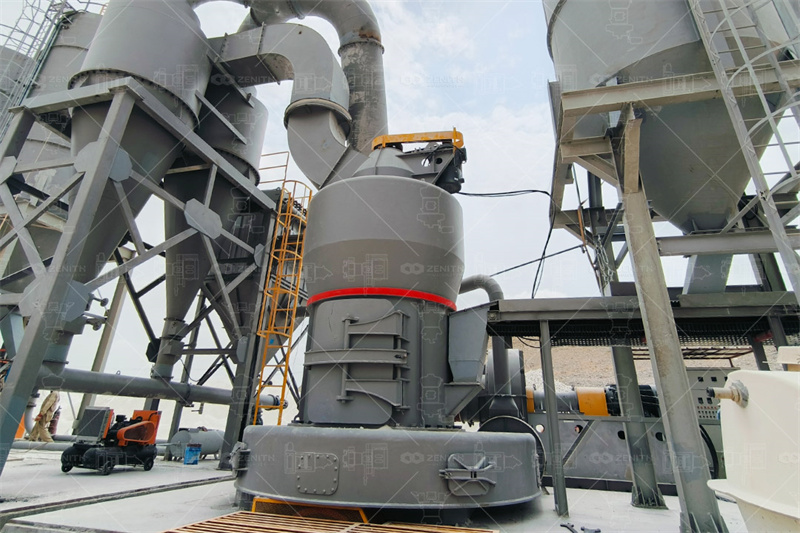
2.2 Alignment Procedures
Critical tolerances for optimal performance:
- Main shaft verticality ≤0.02mm/m
- Grinding table runout ≤0.5mm
- Gear mesh backlash 0.25-0.35mm
3. Operational Verification
ZENITH’s XZM Ultrafine Mill includes intelligent commissioning protocols:
- 72-hour no-load test run
- Vibration analysis with ISO 10816 standards
- Particle size distribution verification
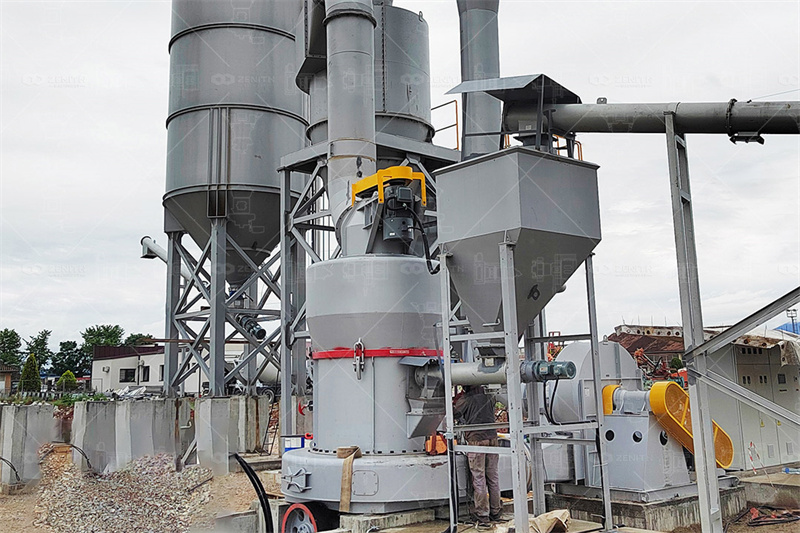
Conclusion
Proper transportation and installation directly impact mill performance and service life. ZENITH’s engineering team provides end-to-end support, from site surveys to operational training, ensuring your grinding systems achieve maximum productivity.


